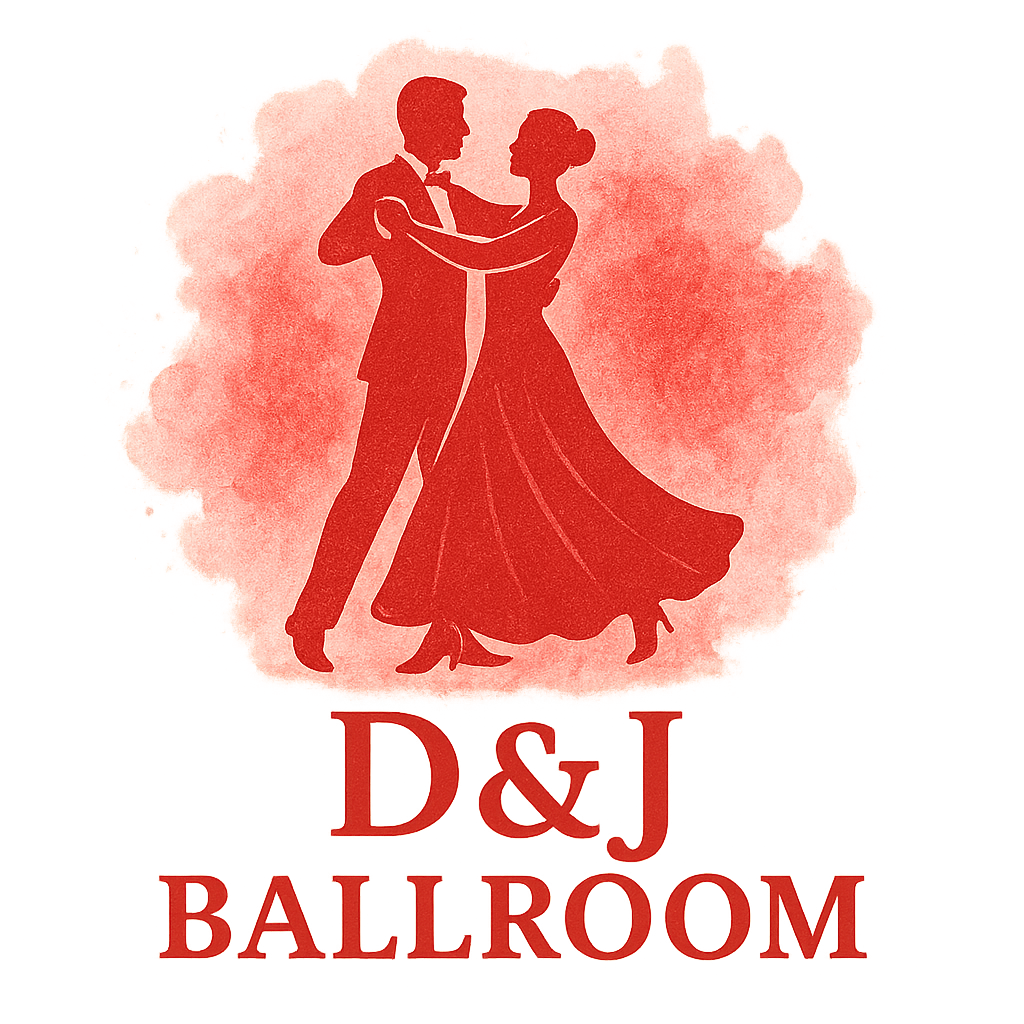Want to glide across the dance floor with poise and grace? It’s not just about fancy footwork—your core plays a massive role in your ability to balance, move fluidly, and execute ballroom dance steps with control. Let’s dive into eight powerful core exercises that can transform your ballroom balance and boost your dance performance like never before.
Why Core Strength Matters in Ballroom Dancing
The Link Between Core and Balance
Your core is the powerhouse of your body. It includes not just your abs, but also your lower back, hips, and even parts of your glutes. When these muscles are strong and stable, you can maintain balance even during complex spins, dips, and transitions.
How Dancers Use Core Control in Every Move
From the precise posture in a waltz to the tight turns of a tango, every ballroom style demands serious core engagement. If your core isn’t pulling its weight, your frame collapses, and your timing goes out the window. Check out these ballroom techniques and training tips to understand how vital core engagement is.
The Role of Balance in Ballroom Mastery
Common Balance Challenges on the Dance Floor
Ever felt like you’re tipping too far in a spin or struggling to stay upright in a dip? That’s a balance issue—and usually a core issue too. Ballroom dancing pushes your center of gravity in all directions.
How to Improve Balance with Core Work
Balance isn’t just a natural skill—it’s a trainable one. When your core muscles are strong and coordinated, they help your body stay centered and stable, no matter the step.
Core Exercise #1: Planks (Standard & Side)
Why Planks Are a Dancer’s Secret Weapon
Planks are a dancer’s bread and butter. They target your entire core, improve postural strength, and help you hold beautiful ballroom frames. Want to take it further? Try side planks for added oblique control.
Core Exercise #2: Russian Twists
Boosting Rotational Strength for Spins and Turns
Think of how often you rotate in dances like tango or foxtrot. Russian twists mimic that motion, training your body to rotate with power and control. Bonus: use a medicine ball for extra challenge.
Core Exercise #3: Dead Bugs
Building Control and Precision
Dead bugs might look silly, but they’re amazing for dancers. They teach you how to isolate limb movement while keeping your core locked—perfect for multi-directional ballroom patterns.

Core Exercise #4: Bird Dogs
Encouraging Cross-Body Coordination
This move builds core stability and teaches cross-body coordination—key for intricate ballroom dance styles like quickstep and cha-cha. Slow it down and focus on balance for the best results.
Core Exercise #5: Standing Oblique Crunches
Improving Vertical Stability and Flow
Unlike floor crunches, this exercise keeps you upright—just like you are in dance. It strengthens your side abs and improves your ability to flow from one posture to the next.
Core Exercise #6: Stability Ball Rollouts
Strengthening Deep Core Muscles for Posture
This one’s a bit advanced, but it’s worth the effort. It targets the deep muscles that keep your spine straight and your chest lifted—ideal for maintaining elegant ballroom posture.
Core Exercise #7: Pilates Leg Lifts
Building Strength in Lower Abdominals
Lower abdominals are often neglected, yet they’re essential for smooth footwork. Pilates leg lifts zero in on this area while improving alignment—a must for routines in ballroom competitions.
Core Exercise #8: Medicine Ball Slams
Adding Explosiveness to Your Dance Movements
Ballroom isn’t all about grace—you need power, too! Medicine ball slams build explosive strength, which translates beautifully into dramatic lifts or theatrical dips.
How to Incorporate Core Work into Dance Training
Weekly Training Plan Sample
Try this basic plan:
- Monday – Planks + Russian Twists
- Wednesday – Bird Dogs + Dead Bugs
- Friday – Pilates Leg Lifts + Stability Ball Rollouts
- Sunday – Medicine Ball Slams + Standing Oblique Crunches
Each session should last about 20–30 minutes.
Pre-Dance Warmups vs. Off-Day Workouts
Before a dance session, stick to dynamic moves like standing crunches and bird dogs. On rest days, go for planks and rollouts to build strength without fatigue.
Complementary Practices for Ballroom Balance
Yoga and Pilates for Flexibility and Control
Yoga and Pilates aren’t just trendy—they complement your core training beautifully. They improve muscle awareness and flexibility, helping you float across the dance floor.
Dance-Specific Drills for Footwork Precision
Don’t forget the importance of technique drills. Browse through our training resources and footwork drills for targeted guidance.
Final Thoughts on Core and Balance in Ballroom
If you want to improve your ballroom dancing, don’t just practice choreography—train your core like it’s part of the routine. These eight exercises are easy to start, incredibly effective, and can be done almost anywhere. Want more balance, more control, and more grace? The answer’s in your core.
While you’re working on these moves, don’t forget to explore our articles on ballroom history and culture, ballroom fashion, and dance events. For all things ballroom, visit D&J Ballroom.
FAQs
1. How often should I do core exercises for ballroom dancing?
Ideally, 3–4 times a week is perfect. Balance rest and recovery with consistent effort.
2. Can beginners start with these core exercises?
Absolutely! Start with the basics like planks and bird dogs, and work your way up.
3. What’s the best time to do core workouts—before or after dance?
Do light core warmups before dance. Save intense workouts for separate training sessions.
4. Will core exercises help with spins and turns?
Yes! A strong core is essential for executing clean, controlled spins.
5. Should I use equipment like medicine balls or stability balls?
They’re optional, but great for adding resistance and variety to your workouts.
6. Are these exercises good for other dance styles too?
For sure—strong core muscles help in ballet, jazz, salsa, and more.
7. Where can I find more ballroom-specific drills and tips?
Visit the D&J Ballroom Training Section or check out our tags on drills and training.


